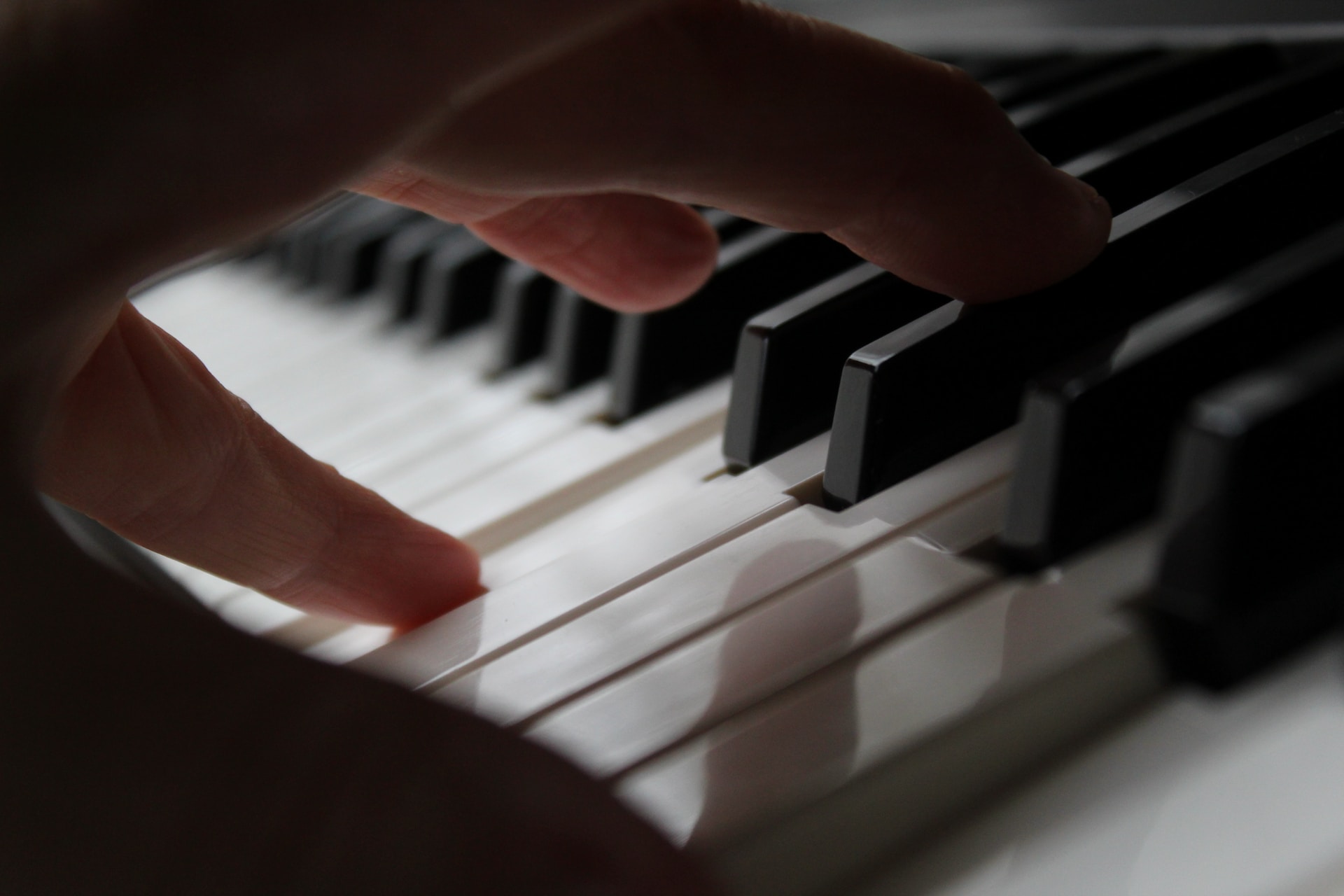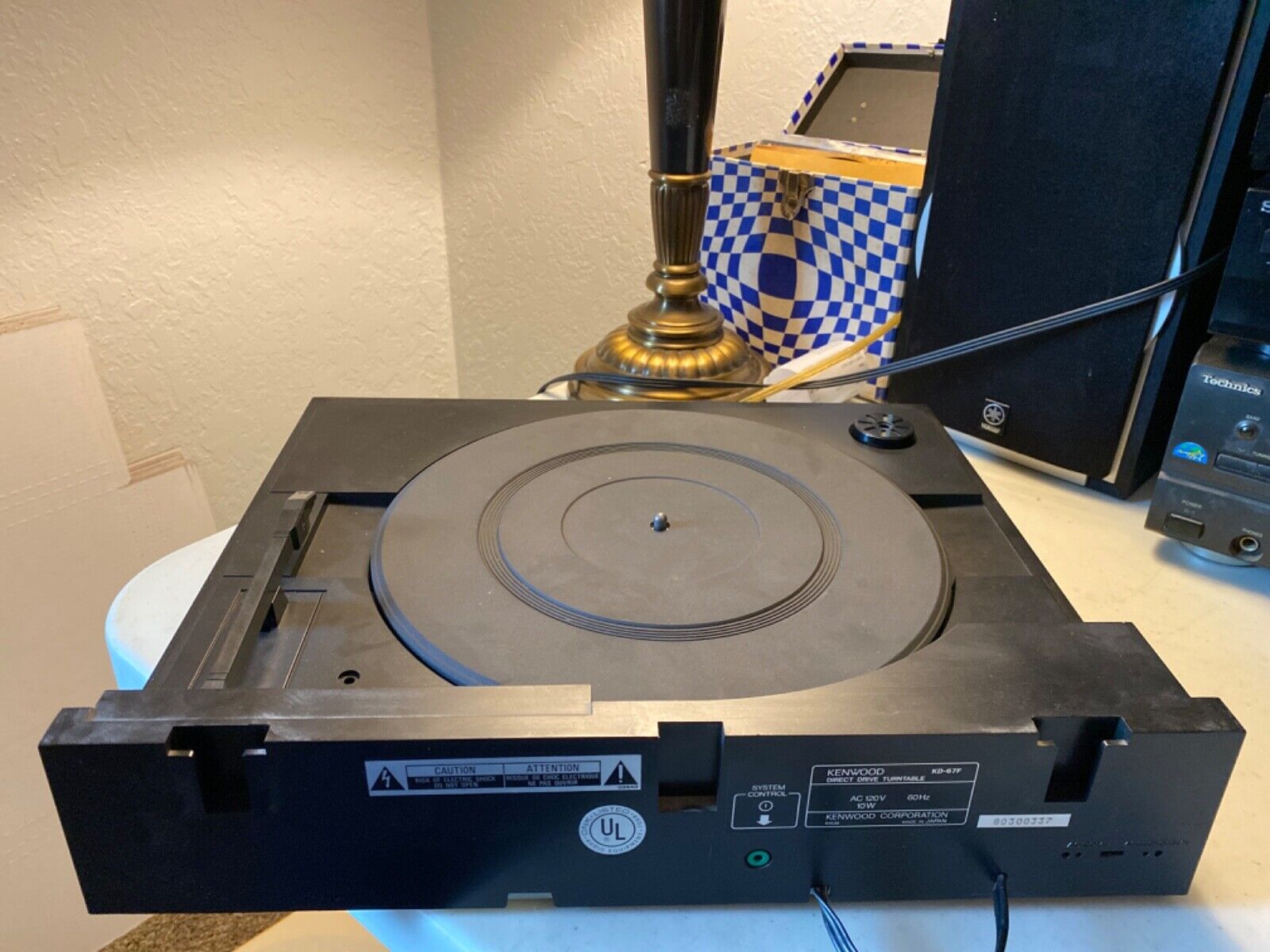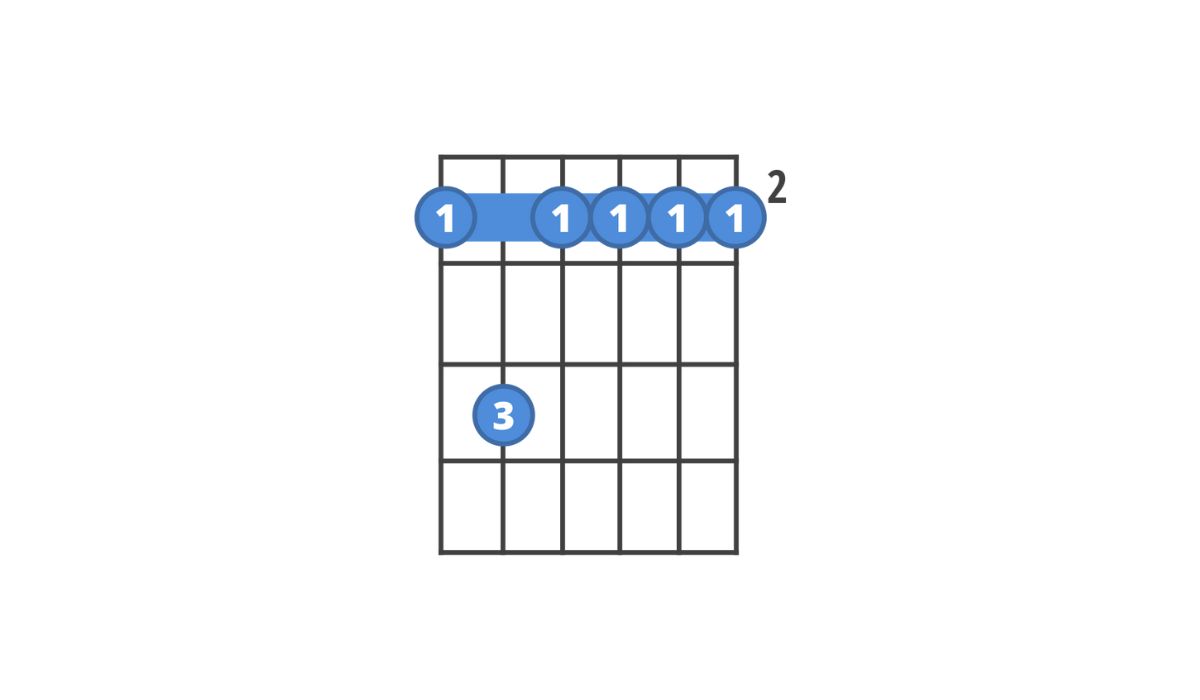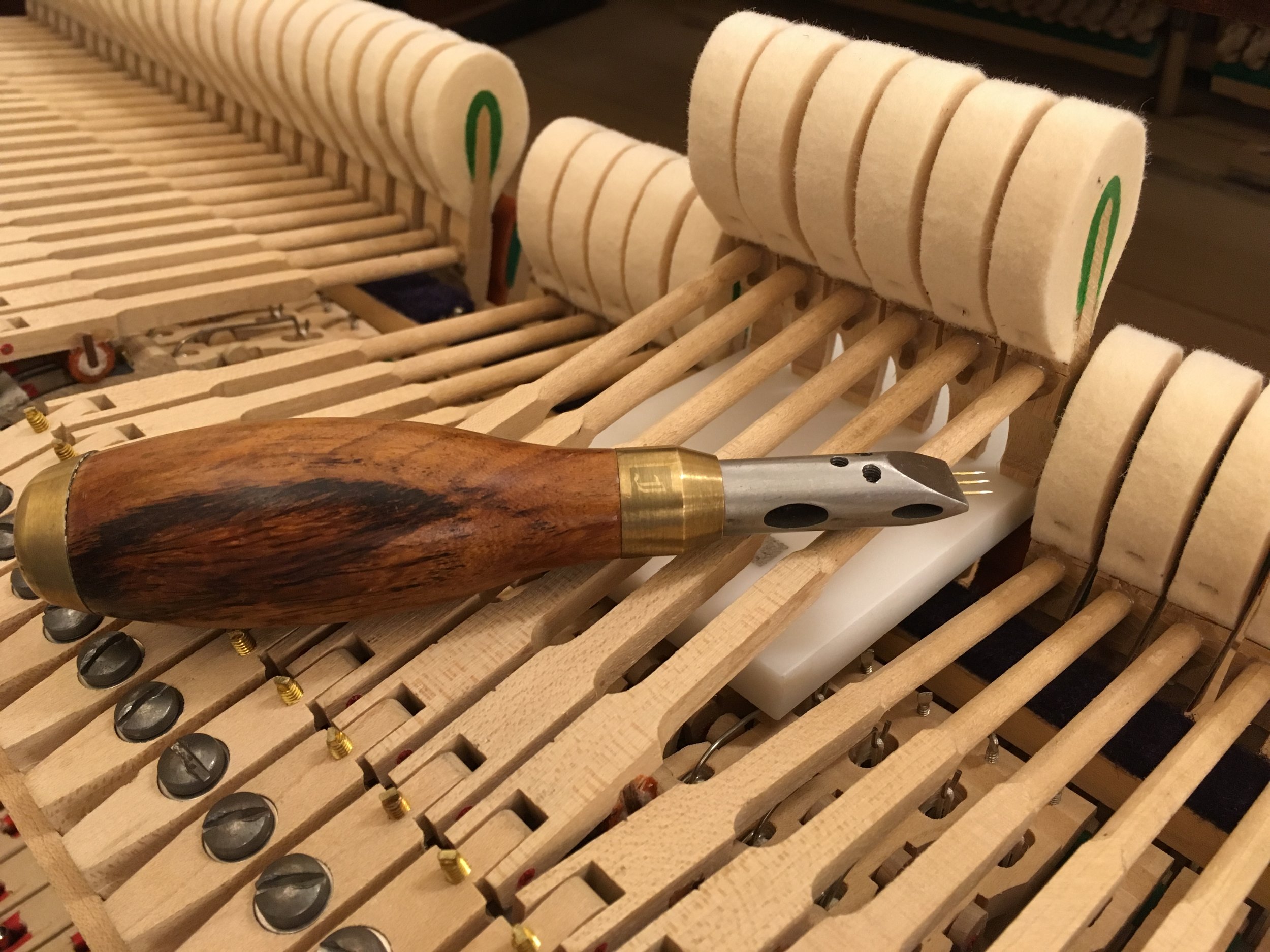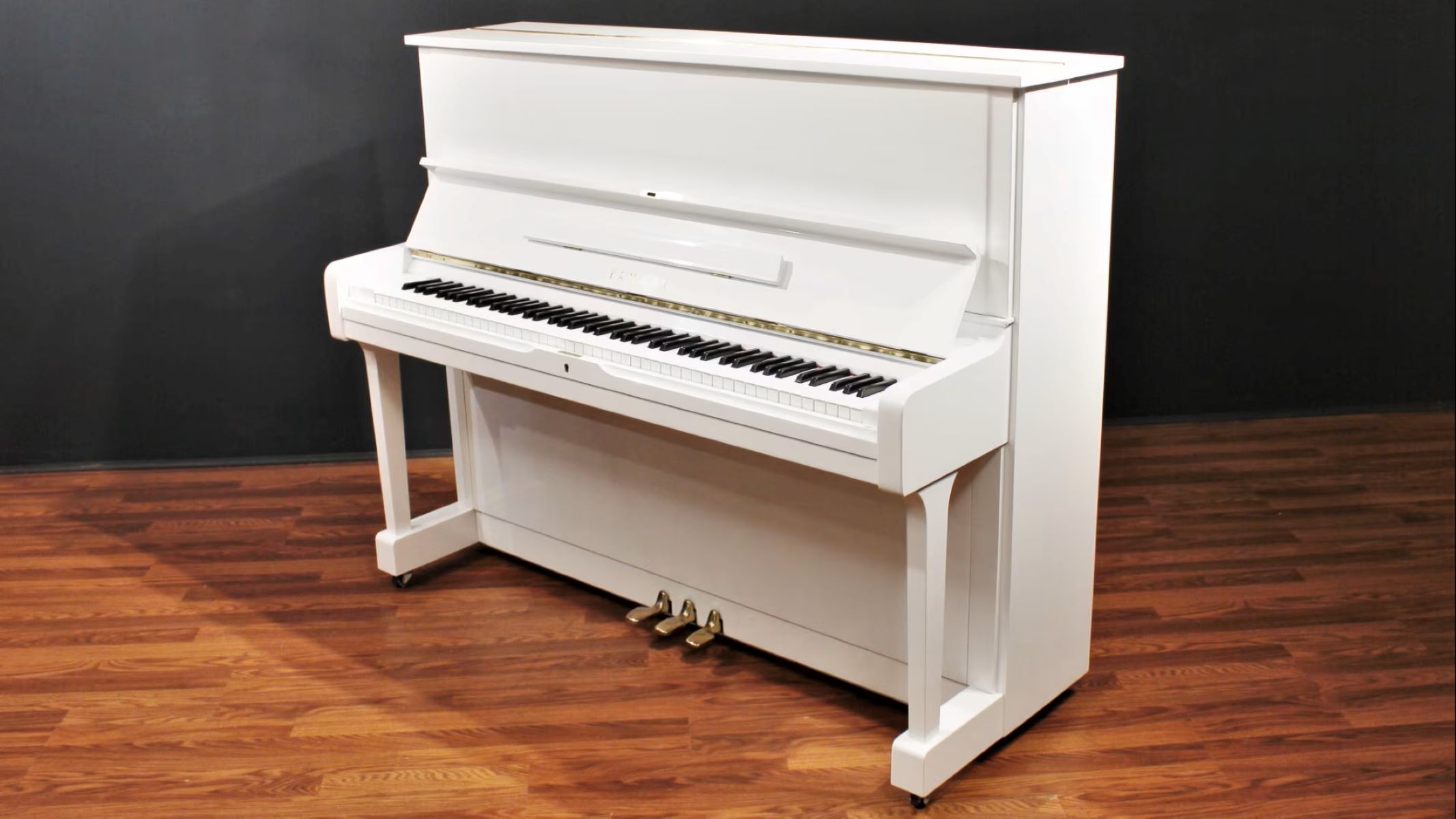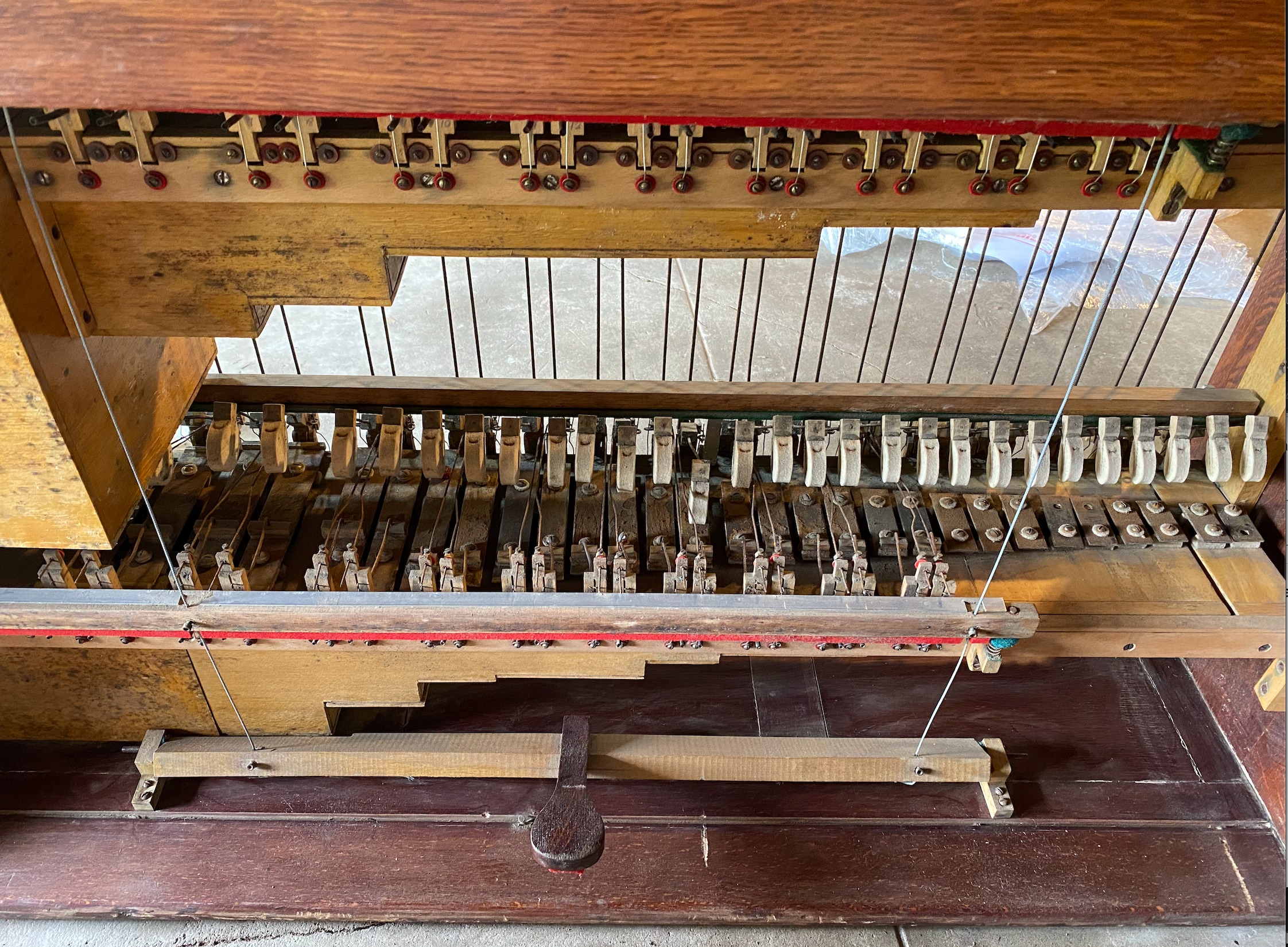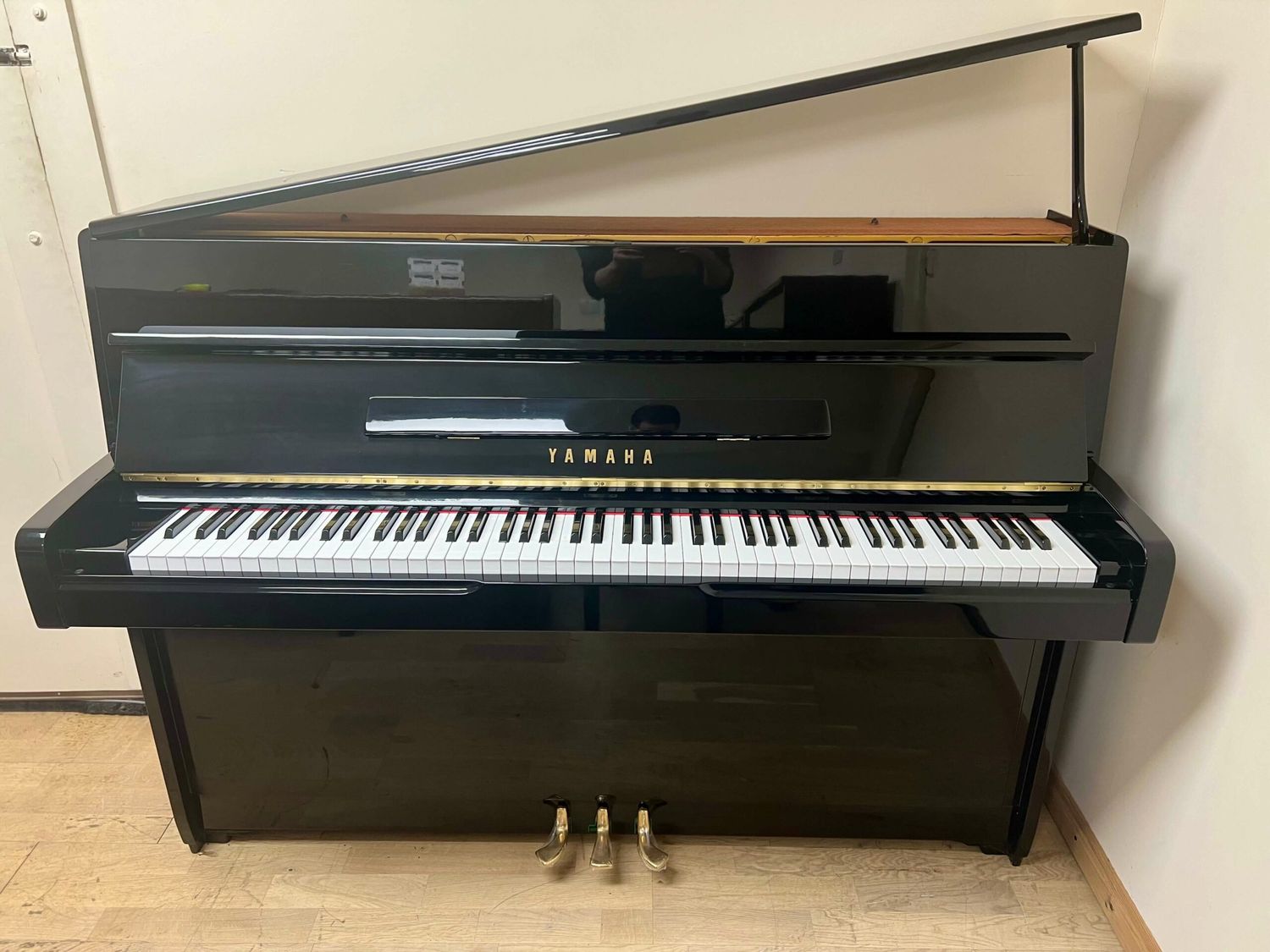Home>Instruments>Piano>What Is F Sharp On Piano


Piano
What Is F Sharp On Piano
Published: February 12, 2024
Learn how to play F sharp on the piano with our step-by-step guide. Master this essential skill and take your piano playing to the next level.
(Many of the links in this article redirect to a specific reviewed product. Your purchase of these products through affiliate links helps to generate commission for AudioLover.com, at no extra cost. Learn more)
Table of Contents
Introduction
Introduction
The piano is a versatile and captivating musical instrument that has been a cornerstone of music for centuries. Its 88 keys encompass a wide range of notes, each with its own unique sound and placement on the keyboard. Among these notes is F sharp, a fundamental component of numerous musical compositions across various genres. Understanding the significance of F sharp on the piano is essential for pianists and music enthusiasts alike, as it adds depth, complexity, and emotion to musical pieces.
F sharp, also known as G flat, is a black key located to the right of F on the piano keyboard. Its distinctive sound enriches melodies and harmonies, contributing to the overall tonal landscape of a musical composition. Whether in classical, jazz, pop, or other genres, the presence of F sharp can dramatically influence the mood and character of a musical piece.
In this comprehensive guide, we will delve into the intricacies of the F sharp note on the piano. From understanding its musical properties to locating it on the keyboard and mastering its execution, this article aims to provide valuable insights for pianists at all levels of expertise. Additionally, we will explore the common uses of F sharp in music, shedding light on its prevalence and significance across different musical styles.
Join us on this melodic journey as we unravel the allure and importance of F sharp on the piano, uncovering the magic behind this captivating note and its profound impact on musical compositions. Whether you're a budding pianist, a seasoned musician, or an avid music enthusiast, this exploration of F sharp will deepen your appreciation for the piano's rich tapestry of sounds and the pivotal role of this enchanting note.
Understanding the F Sharp Note
Understanding the F Sharp Note
To comprehend the significance of F sharp on the piano, it is essential to grasp its musical properties and theoretical underpinnings. F sharp is what is known as an enharmonic equivalent, meaning it shares the same pitch as G flat but is represented differently in notation. This duality is a fundamental aspect of music theory, allowing for different ways to notate and conceptualize the same pitch.
From a theoretical standpoint, F sharp is situated a half step above F, whether ascending or descending on the keyboard. This incremental change in pitch imbues F sharp with a distinct tonal quality, lending it a sense of tension and resolution in various musical contexts. As a black key, F sharp contributes to the chromatic scale’s intricate tapestry, offering a departure from the natural notes and introducing a nuanced sonic element to compositions.
Furthermore, F sharp plays a pivotal role in key signatures, particularly in keys such as G major and D major, where it serves as the leading tone, creating a compelling sense of harmonic motion and direction. Its presence in these key signatures influences the overall tonality of the compositions, infusing them with a vibrant and dynamic character.
Understanding the harmonic implications of F sharp is crucial for pianists and composers, as it shapes the melodic and harmonic contours of musical pieces. Whether employed as a passing tone, a pivotal note in a melody, or a defining element of a chord progression, F sharp’s role in music is multifaceted and profound.
By delving into the theoretical foundations of F sharp and its role within the broader musical landscape, pianists and music enthusiasts can gain a deeper appreciation for its expressive potential and its ability to evoke a myriad of emotions through its distinct sound.
Locating F Sharp on the Piano
Locating F Sharp on the Piano
Locating F sharp on the piano keyboard is a fundamental skill for pianists, as it enables them to navigate the instrument with confidence and precision. F sharp is positioned to the right of F, making it one of the black keys on the keyboard. Its placement within the layout of the keys is consistent across all octaves, allowing for a uniform approach to identifying and playing this essential note.
When visualizing the keyboard, F sharp can be identified as the black key immediately to the right of F. This spatial relationship remains constant throughout the entire span of the keyboard, facilitating a consistent and intuitive method for finding F sharp across different octaves. Whether playing in the lower register or the higher register of the piano, pianists can rely on this spatial pattern to locate F sharp with ease.
Moreover, understanding the visual and tactile cues of the keyboard can aid in swiftly identifying F sharp during play. As the black keys are arranged in groups of twos and threes, with the pattern repeating across the keyboard, pianists can leverage this visual symmetry to pinpoint F sharp accurately. This visual and tactile familiarity contributes to muscle memory development, allowing pianists to navigate the keyboard fluently and locate F sharp effortlessly.
Additionally, familiarizing oneself with the specific finger positioning for playing F sharp is crucial for executing it seamlessly within musical passages. Whether incorporating F sharp into scales, arpeggios, or chord progressions, understanding the optimal finger placement and hand positioning is essential for achieving precision and fluidity in performance.
By honing the ability to locate F sharp on the piano keyboard through visual, spatial, and tactile awareness, pianists can cultivate a strong foundation for confidently integrating this pivotal note into their musical repertoire.
Playing F Sharp on the Piano
Playing F Sharp on the Piano
Mastering the art of playing F sharp on the piano involves a combination of technical proficiency, finger dexterity, and musical expression. As a black key, F sharp presents unique challenges and opportunities for pianists, requiring deliberate practice and attention to detail to execute it with finesse.
When playing F sharp, it is essential to approach the key with a precise and controlled touch. Due to the slightly elevated position of black keys compared to white keys, pianists must adapt their finger technique to ensure consistent sound production and articulation when striking F sharp. This adjustment in touch sensitivity contributes to the nuanced expression and clarity of the note, enhancing its musical impact within a piece.
Furthermore, integrating F sharp into scales, arpeggios, and melodic passages necessitates a keen understanding of hand positioning and finger coordination. Whether ascending or descending, navigating the keyboard to incorporate F sharp seamlessly demands agility and coordination across the fingers, fostering a fluid and seamless musical performance.
Additionally, the incorporation of F sharp into chord progressions and harmonic sequences requires an awareness of its harmonic function within the context of a musical composition. Pianists must grasp the interplay between F sharp and other notes within a chord, understanding how it contributes to the overall harmonic texture and emotional resonance of the music.
Moreover, infusing F sharp with musical expression and dynamic variation is crucial for imbuing it with depth and character. By modulating the intensity and duration of the note, pianists can evoke a range of emotions, from subtle yearning to resolute fervor, enriching the musical narrative and captivating the listener’s ear.
Ultimately, mastering the art of playing F sharp on the piano entails a holistic approach that encompasses technical precision, musical interpretation, and a profound connection to the expressive potential of this captivating note. Through dedicated practice and an attentive ear, pianists can unlock the full spectrum of F sharp’s melodic allure and harness its emotive power within their musical endeavors.
Common Uses of F Sharp in Music
Common Uses of F Sharp in Music
F sharp holds a prominent position in the musical landscape, featuring prominently across diverse genres and serving various functions that contribute to the richness and complexity of compositions. Understanding the common uses of F sharp in music sheds light on its versatility and significance within different musical contexts.
In classical music, F sharp often appears in compositions across different periods, from the Baroque to the Romantic era. As a leading tone in key signatures such as G major and D major, F sharp imparts a sense of harmonic tension and resolution, enriching melodic lines and contributing to the intricate tapestry of classical compositions. Whether woven into arpeggios, scales, or intricate counterpoint, F sharp’s presence elevates the emotional depth and structural integrity of classical pieces.
Similarly, in jazz music, F sharp plays a crucial role in crafting complex harmonies and improvisational passages. Its inclusion in jazz standards and improvisational frameworks allows musicians to explore harmonic nuances and modal interchange, adding a layer of sophistication and expressiveness to jazz compositions. Whether as a pivotal note in jazz improvisation or as part of intricate chord voicings, F sharp infuses jazz music with a sense of harmonic intrigue and melodic allure.
Furthermore, in contemporary popular music, F sharp resonates across a spectrum of genres, from pop to rock and beyond. Its presence in memorable hooks, captivating melodies, and evocative chord progressions underscores its relevance and appeal in shaping the sonic identity of modern music. Whether driving infectious pop melodies, adding depth to rock ballads, or infusing electronic compositions with a touch of enigmatic allure, F sharp stands as a versatile and indispensable element in contemporary musical creations.
Moreover, F sharp’s role in musical modulation and key changes allows composers and songwriters to craft compelling tonal shifts and evoke diverse emotional landscapes within a piece. Its ability to catalyze harmonic movement and tonal exploration adds a layer of sophistication and depth to musical compositions, enriching the listening experience and captivating audiences with its emotive resonance.
By recognizing the diverse roles and applications of F sharp in music, musicians and enthusiasts can appreciate its far-reaching impact and dynamic presence across a myriad of musical genres, reaffirming its status as an essential and captivating note within the musical tapestry.

